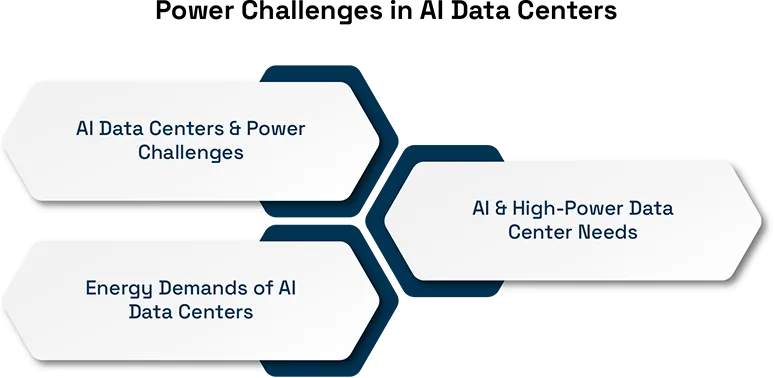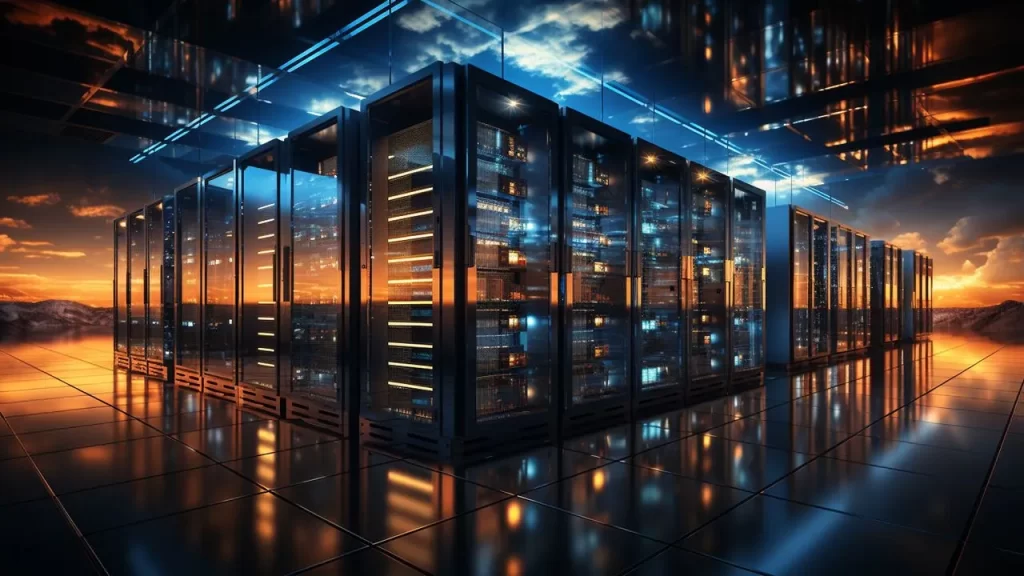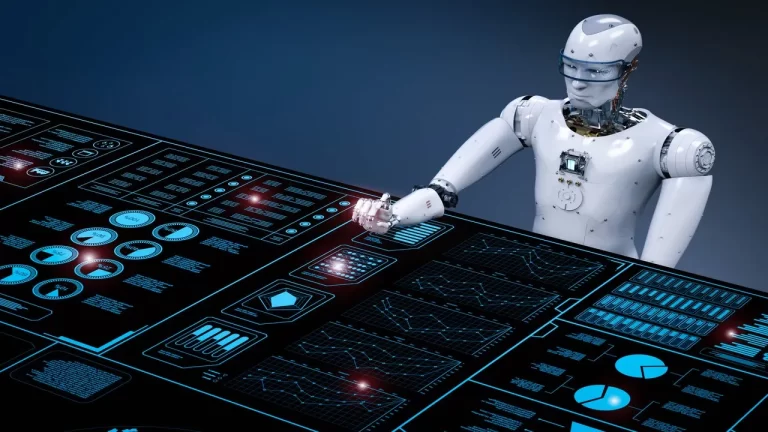Data centers need to sustain the fast expansion of artificial intelligence (AI) systems across their operations. Traditional data centers face increasing difficulty in processing the substantial amounts of computing power required by AI applications. Companies must now build AI-friendly data centers that are powerful, efficient, and ready for future changes. This means more than just adding faster computers it requires better power supply, cooling systems, and networking to support AI’s unique needs.
AI data centers that operate in 2025 need functionality that addresses current requirements together with capacities for upcoming innovations. Proper forward-thinking integration strategies enable customized hardware components such as GPUs and TPUs and FPGAs in a coherent operational system. AI workloads consume massive data volumes rapidly which makes power consumptions and cooling methods and network infrastructure vital components for modern data centers. A developer who grasps these problems enables AI companies to reach their goals through efficient and reliable systems.
Power Challenges in AI Data Centers
The main obstacle in AI data center operations involves power consumption. AI applications consume significantly higher amounts of energy than traditional computing systems because they require machine learning and deep learning algorithms. The power requirements of AI workloads exceed regular data center operations by two to three times.
The growing power requirements create strain on regional power networks which compels data centers to collaborate with electricity providers for reliable power supply. The power supply limitations in numerous areas create barriers for AI development because it struggles to meet its expanding requirements.
The lack of high-performance chips such as TPUs and GPUs presents difficulties for AI computing operations. The intense market demand for these chips creates obstacles for data centers to execute fast system expansions and upgrades. The future growth of AI depends on resolving both power supply and hardware supply challenges.

Cooling Solutions for AI Data Centers
The generation of heat exceeds typical computing requirements for AI workloads. AI data centers need highly advanced cooling systems to effectively manage heat as this ensures operational efficiency.
Standard commercial data center racks consume 10 kilowatts of power but AI racks utilize up to 50 kilowatts. Traditional air cooling approaches generate excessive heat that calls for new solutions which include liquid cooling together with rack-level cooling to establish themselves as essentials.
Proper cooling solutions selection stands as an essential factor to ensure continuous operation of AI data centers exists. How developers can make efficient cost-effective solutions lies in their partnership with experts who specialize in cooling technologies for long-term system performance.
Optimizing Hardware for AI Workloads
AI workloads need dedicated hardware components that include GPUs and TPUs and FPGAs for their operation. The correct hardware selection is necessary but insufficient because data center performance depends heavily on connection and organization methods.
The speed of internal network connections proves more vital for AI applications rather than the speed of external internet connections. Internal server data transfers within data centers directly influence operational performance. AI processing speed decreases when network design fails to perform efficiently which extends the duration of task completion.
The reduction of network delays depends on strategic data center cabling planning combined with fast internal connection systems. AI data centers now use active optical cables as a replacement for traditional transceivers to achieve higher speed and operational efficiency. AI performance together with energy conservation improves when networks are properly designed.

Planning AI Data Centers from the Ground Up
AI data centers need thorough initial planning because their processing requirements exceed traditional data center power needs by up to 40 kilowatts per rack. Specialized AI data center designs must be implemented instead of trying to modify existing facilities because of the elevated power requirements. The design requires expanded hot and cold aisles for better airflow and extended server cabinets for bigger AI equipment and reinforced floors for heavy rack support. The modified infrastructure design plays a critical role in enabling systems to meet their power requirements while delivering optimal performance.
The safety of AI data centers depends heavily on implementing advanced humidity control systems together with fire suppression technology. The specialized nature of AI hardware coupled with high energy consumption requires data facilities to have proper systems for managing the heat produced by AI workloads. AI data centers will encounter difficulties serving increasing AI application requirements unless proper planning includes essential modifications. Developers who plan the space with care at the start will create data centers that stay efficient and reliable while maintaining their ability to grow with advancing technologies.
The Need for Scalability and Flexibility
AI continues to advance which requires data centers to maintain their readiness for adaptation. The upcoming generation of AI applications requires stronger computational strength and speedier processing capabilities. This means AI data centers must be scalable and able to expand and upgrade easily.
Developers should focus on creating flexible facilities that can support new AI technologies as they emerge. Data centers that can quickly integrate the latest AI frameworks, software, and hardware will have an advantage in the long run.
Looking Ahead: The Future of AI Data Centers
The establishment of an AI data center requires more than present-day requirements because it creates a foundation for future needs. The increasing presence of AI in business operations and daily activities requires data centers to develop capabilities that sustain its fast expansion.
Organizations constructing new AI data centers should collaborate with developers who specialize in AI infrastructure requirements including power systems and cooling systems and network design and expansion capabilities. Businesses that plan their technology selection accordingly will maintain efficient and reliable AI operations which are prepared for future growth.








